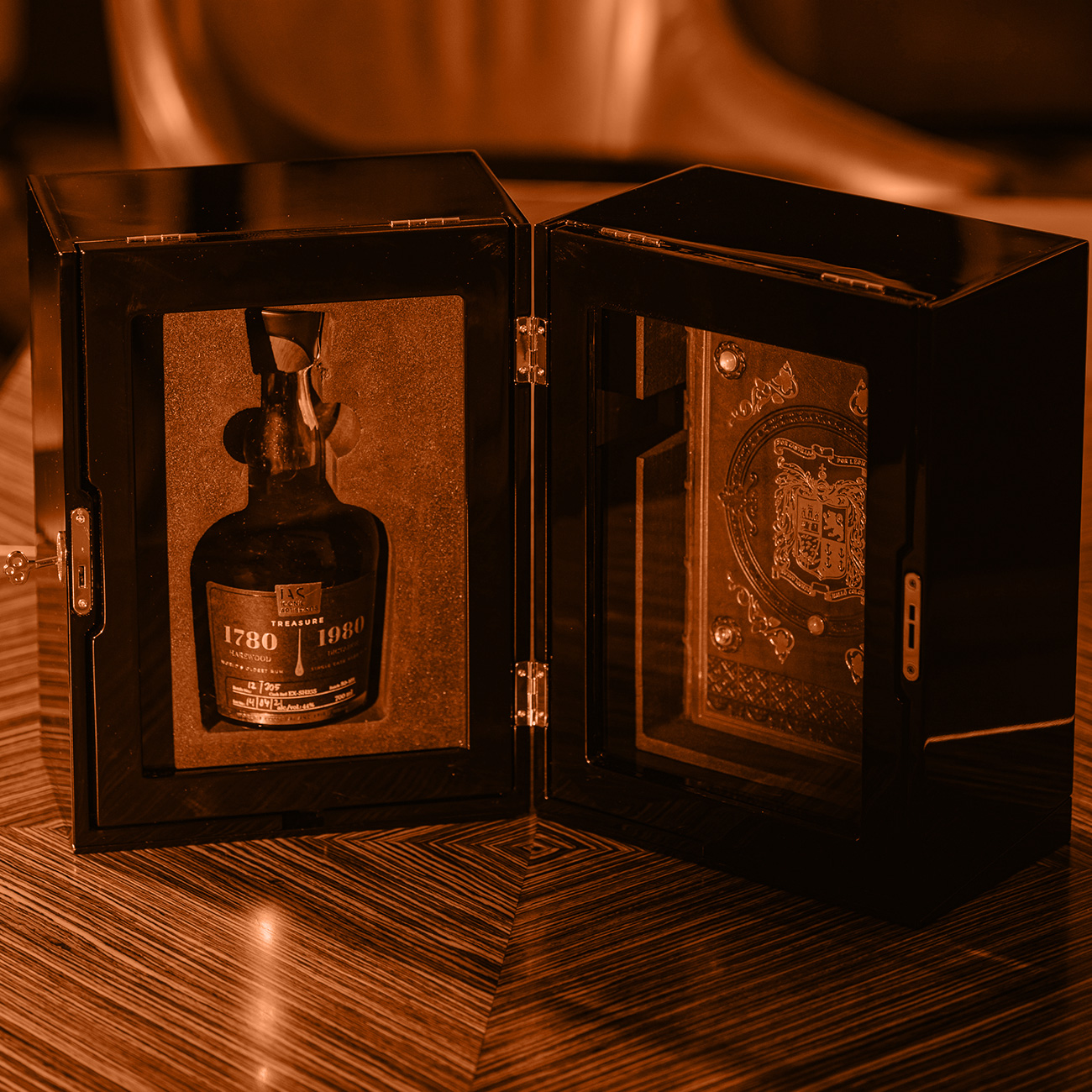The year 1492 was ground-breaking for many reasons. Not only did the world-view shift when Christopher Columbus’ ships reached the shores of the New Land, but also a new era has begun, connecting both worlds together. New species were discovered, new ideas developed, the world suddenly became bigger by an entire continent. One more thing occurred then that was significant, especially for us here, at Iconic Art Spirits. Seedlings of sugarcane brought by Columbus’ expedition sprouted roots in the soil of the New Land, giving birth to what soon would become an entirely new epoque. An accidental land discovery led to another accidental development of an innovative recipe years later – a recipe for a spirit that was different than all others. One that established the foundation to what would soon be known as the era of rum.
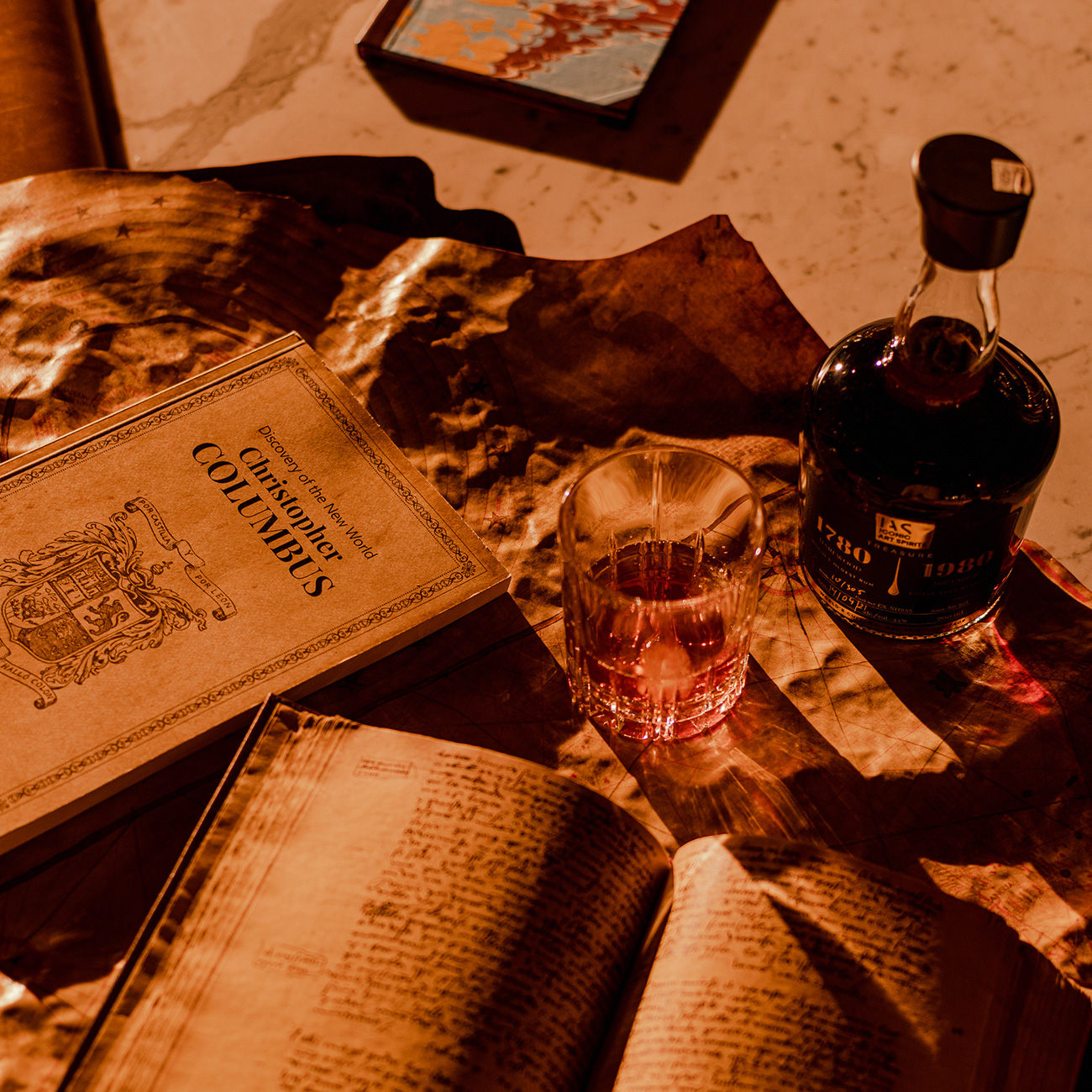
Iconic Columbus Treasure is a tribute to Christopher Columbus – the man responsible for introducing sugarcane to the New Land, unwittingly building the foundations for the future discovery of rum. It is an innovative undertaking introduced by Iconic Art Spirits in cooperation with the Manuscriptum Publishing House, a merging of the world of literature monuments with the world of collectible Fine & Rare spirits.
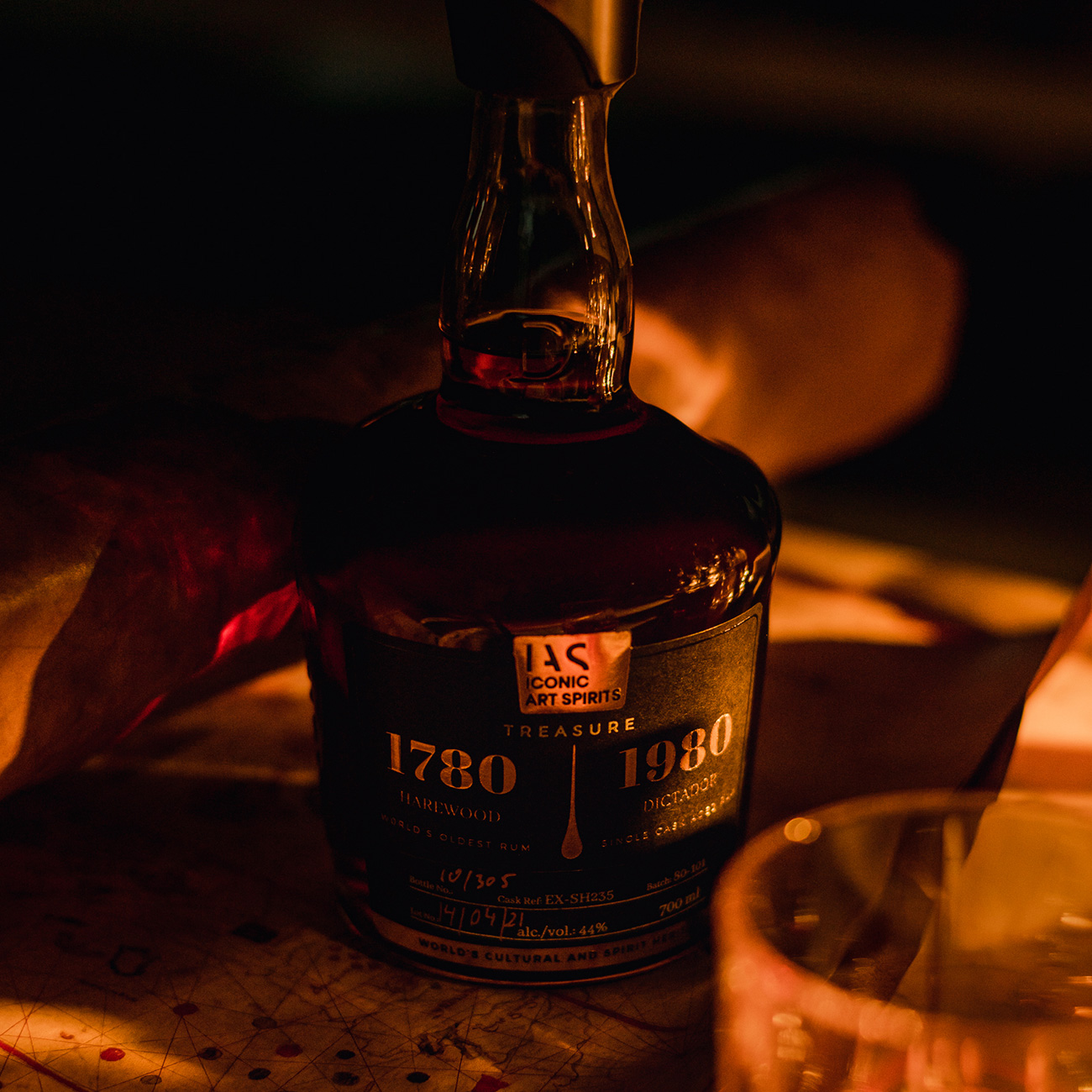
First – the rum. The blend of the 1780 Harewood Rum, currently holding the title of the oldest rum in the world, with Dictador’s 41-year-old vintage. The Harewood Rum was discovered – just like America – by a complete accident. The parallel between both ground-breaking discoveries inspired us to create Iconic Columbus Treasure. Iconic Art Spirits 1780-1980 is the first rum blend of this kind in history, created as an effect of an innovative approach of rum producers, and its results have exceeded the wildest dreams of experts.
“Iconic Art. Spirit 1780/1980 – a deep, multi-layered scent of cigar leaves, groats honey, liquorice, vanilla and sweet spices. Its flavour is dry and super creamy with notes of roasted coffee, prunes and salted caramel. The rum is extremely elegant and distinguished with a long finish lasting for a few minutes.”
– Piotr Kamecki, one of the most-renowned sommeliers in the world.

The exceptional blend is accompanied by a facsimile (a scientific copy) of Cristopher Columbus’ logbook – a 500-year-old document listing the details of his explorations. The original of the logbook had gone missing – it was rewritten from the original by Bartolomé de las Casas, the greatest Spanish historian of the Columbus era, sailor, and conquistador. His copy of the logbook nowadays constitutes the only source of information about Columbus’ expeditions. It is carefully guarded in Spain’s National Library in Madrid, considered one of the most important documents in history. The logbook is encased in a cover decorated with 8 Colombian copals and a larimar – an Atlantian gemstone of extreme beauty, found in the Dominican Republic.
Included is also Columbus letter written after arriving in Lisbon on March 4th, 1493, describing the discovery to king Ferdinand of Aragon and queen Isabella de Castile. Its original is carefully guarded in the Royal Library in Copenhagen. The facsimile of the document consists of 72 pages and includes six woodcuts, by master Haintz Narr, which can be considered the first European depiction of the New World. The letter was dutifully copied, based on an incunabula printed in Latin in 1494, in Johannes Bergman de Olpe’s Printing House in Basel. It is important to note that in 2017, the original Basel incunabula was sold at a Bonhams auction for $751 500.
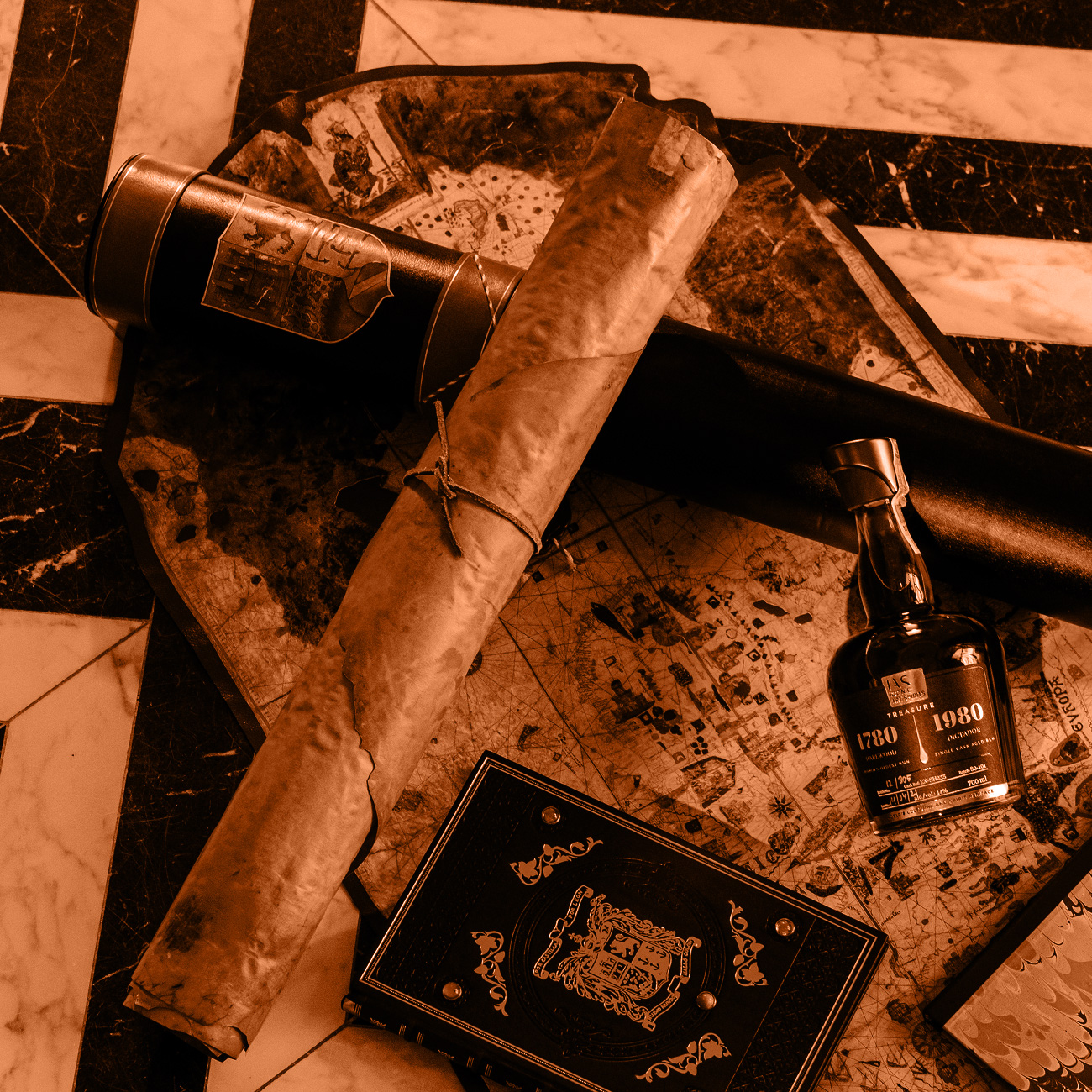
Another element of the Iconic Columbus Treasure set are the perfect Replicas of maps from 1490 and 1500. Their copies were made on Pergamenata – the closest imitation of aged parchment . The first one, Mapa Mundi, was made by Columbus in 1490. As it was created before the discovery of the New World, it does not feature the continent later known as America. The second map was made by Juan de la Cosa in 1500, who participated as a pilot in both of Columbus’ expeditions. It also includes information about Vasco da Gama’s trip to India in 1498. Being the first map in history to illustrate the New Continent, its original is currently kept in the Naval Museum in Madrid. The two maps together are the visual symbol of the greatness of this discovery, the proof of how much a single expedition had changed.
All of the artifacts are enclosed within a chest, like treasure. A professional team of scientists and artists from Poland and Italy has dedicated over a year and a half of work to making sure all the elements of the set appear as real as possible. They did their best to replicate the appearance, structure, scent, and even the rustle of paper o the original. Thanks to this spectacular undertaking, the events of Columbus’ discovery written down on the pages of the journey’s documentation are available to rum enthusiasts, connoisseurs of refined alcohols, amateurs of sailing and collectors of unique items.
Only 300 sets of this incredible pieces of work have been created, which makes every single one of them even more unique. Each set was certified by a notary.
Three serendipitous discoveries. First, of the existence of an entire land mass. Then, the creation of the first recipe for rum, developed by a complete accident. And then, centuries later, the unexpected finding of the Harewood Rum stock, hidden away in a dark basement for years. All three being milestones of a kind. Coming together to create our authorial project of Iconic Columbus Treasure – a celebration of discovery and innovation. Here’s to serendipity – and the wisdom to use it to make something wonderful.
Iconic Columbus Treasure by Manuscryptum
Limited edition to 300 sets, price 10 900,00 Euro. The collection includes facsimieles and rum:
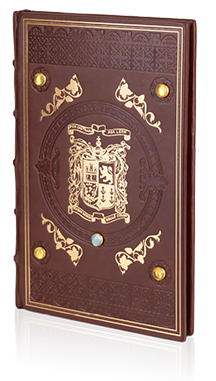
Columbus logbook
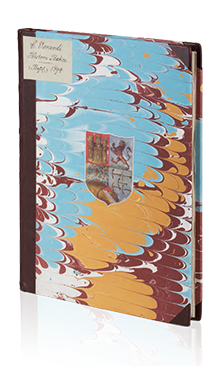
Columbuu letter to the Spanish monarchs Ferdinand II of Aragonese and Isabella I of Castile
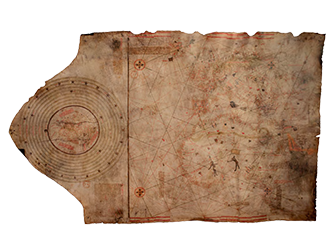
Map of Chrisopher Columbus (1490)
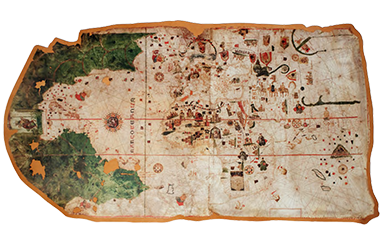
World Map by Juan de la Cosa (1500)
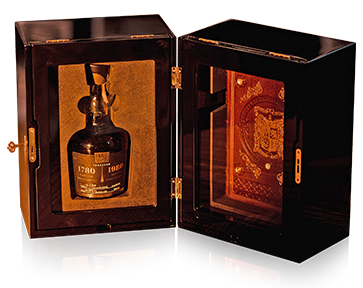
Iconic Art Spirits Rum –a blend of vintages Harewood 1780 and Dictador 1980
Commentary book treating about manuscripts and maps
Commentary book treating about the Iconic Rum 1780/1980
